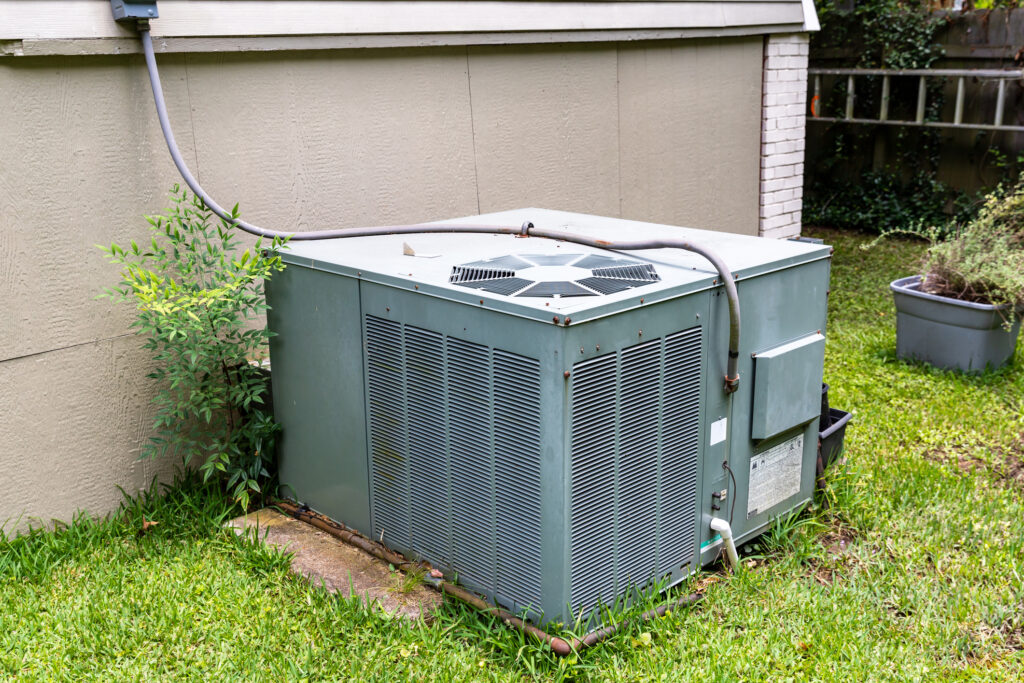Is your New England home too humid to handle? Spring and summer are fast approaching –– and as much as you’ve been longing for warmer temperatures, your home might need some help when it comes to maintaining its humidity levels.
What Is Humidity?
First off, it’s important to know what humidity is. In short, humidity is the measure of the level of water vapor in the air. The higher the temperature inside your home, the more water vapor the air can hold.
How High Humidity Levels Affect Your Home
Ideal humidity levels for your home range between 30% and 50%. If your home’s humidity levels are too high, parts of your home may start to show some telltale signs and signals.
Signs Of High Humidity
The first thing you’ll want to do is check your thermostat. If it’s a hot summer day and your room temperature is significantly higher than your thermostat’s cooling set point, it’s likely your central air conditioning system isn’t working properly and is contributing to the high humidity in your home.
Additionally, you’ll want to look for any of these other indicators:
- Condensation and moisture on your doors, windows, pipes, and colder surfaces
- Warping furniture, floors, and walls
- Yellowing stains on your ceiling or walls
- Peeling paint
- Mold and mildew
- Heavy condensation around the evaporator coil and supply ductwork
Noticing any of these signs in your home? Be sure to take action before your home’s humidity becomes difficult to resolve.
High Humidity Can Affect Your Health
Aside from the visible signs of high humidity in your home, be sure to monitor any unusual health symptoms. Too much moisture in your home’s air can affect your body’s natural responses and cooling methods, causing you to exert more energy than usual –– so you may experience difficulty breathing, skin or throat irritation, poor sleep, allergy-like symptoms, or dehydration.
Handling Your Home’s Humidity
While humidity can make your home feel like a warm summer day, it’s more important to make sure you’re safe and healthy. Here are some helpful approaches that can temper the humidity in your home:
- Invest in an indoor humidity gauge
- Run a dehumidifier in your basement (if you have one)
- Install vent fans in your kitchen and bathrooms
- Make sure your air ducts are sealed properly
- Keep your air conditioner’s drip pan and drain lines clean
- Run ceiling fans and your HVAC fan continuously during the summer
Aside from these methods that can help maintain and reduce home humidity levels ,if you have a green thumb, you may even consider purchasing plants that can absorb and collect moisture from the air.
If the humidity levels in your home aren’t improving, you can rely on our team of professionals to help resolve the issue! Your home and health are our priority, so don’t hesitate to call if you suspect the humidity in your home is causing harm.
Remote Assist
Unsure about your home’s humidity levels? Connect with one of our Remote Assist experts who can guide how to detect high humidity levels in your home, and more importantly, what steps you can take to fix the issue quickly.



